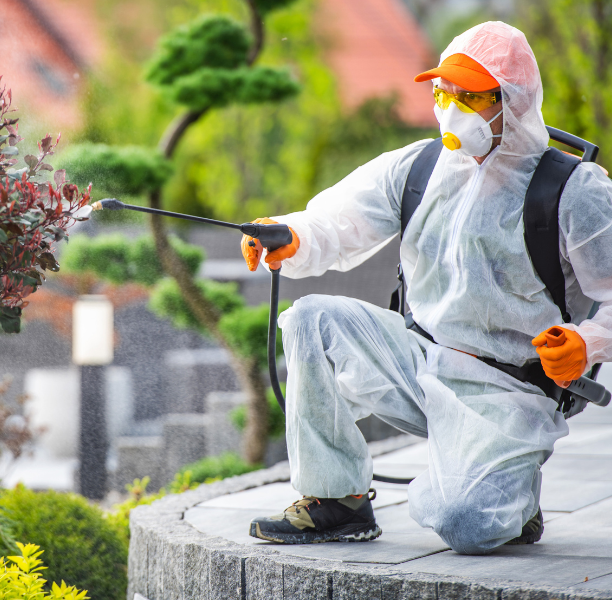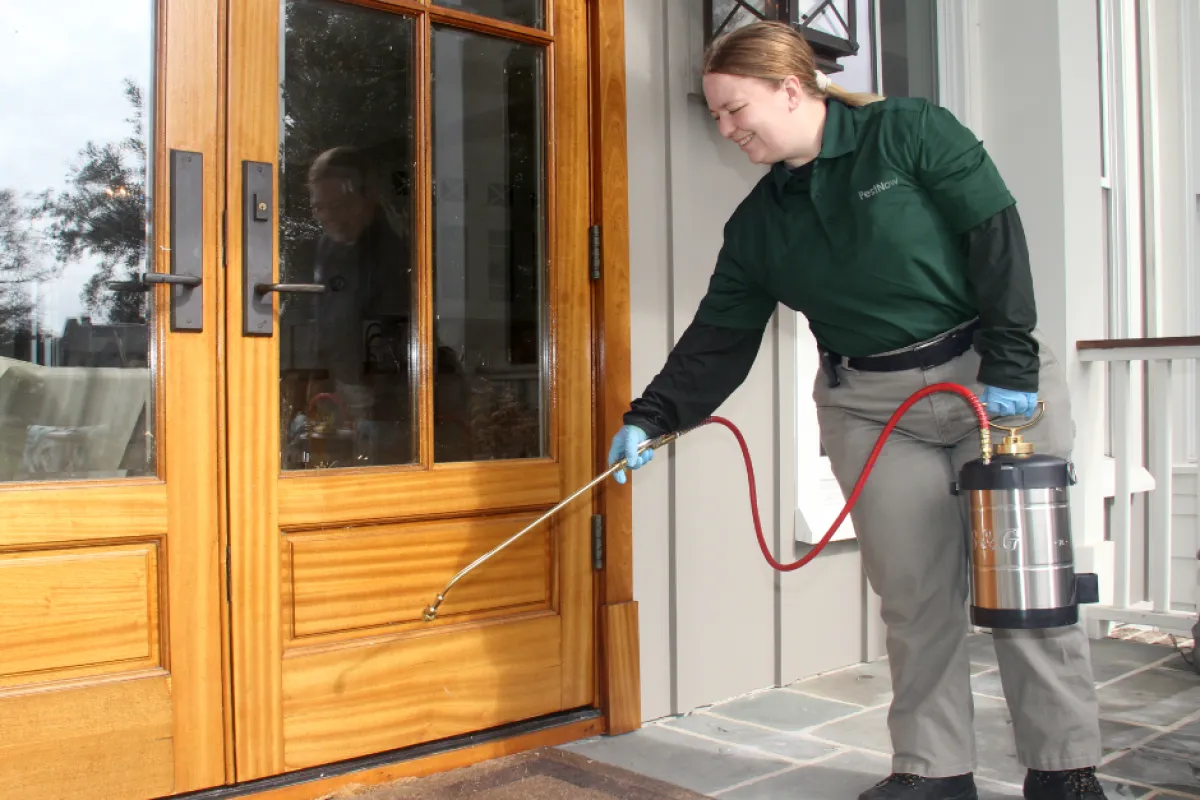Top Pest Control Solutions to Maintain Your Home Pest-Free
From recognizing usual house insects to applying chemical and natural control options, each action plays an important duty in securing your living atmosphere. Recognizing these various bug control solutions is vital, yet the efficiency of each approach can vary dramatically based on certain scenarios.
Identify Common Household Pests
House parasites can interrupt the convenience and security of any kind of home, making it necessary to determine them immediately. Usual family bugs consist of bugs and rats that can cause damages to home and posture wellness risks. Amongst the most prevalent are ants, roaches, and termites.
Ants, specifically, are social pests that can invade kitchen areas in search of food. They leave scent tracks, which can result in big nests if not resolved. Roaches are notorious for their capability to reproduce rapidly and can cause allergies and asthma. They prosper in cozy, wet atmospheres and are frequently located in shower rooms and cooking areas.
Termites, on the other hand, are wood-destroying bugs that can seriously endanger the structural integrity of homes. Their visibility is usually spotted via indicators such as mud tubes or discarded wings.
Rodents, consisting of computer mice and rats, are an additional usual house bug. They are not only a hassle yet additionally pose health risks by infecting food and spreading illness. Identifying these parasites early is essential for reliable monitoring, optimizing the chances of a successful removal and securing the home atmosphere.
Preventive Actions and Maintenance
Reliable parasite control starts with safety nets and normal upkeep to minimize the risk of invasions. Home owners need to focus on a complete inspection of their properties to determine possible access points for bugs, such as fractures in wall surfaces, voids around home windows, and spaces under doors. Sealing these openings with caulk or climate removing can substantially lower the likelihood of insects getting in.
Furthermore, preserving a clean environment is vital. Regularly decluttering areas, specifically attics and cellars, can eliminate hiding areas for parasites. It is also important to save food in impermeable containers and quickly address spills and crumbs. Outdoors, property owners ought to maintain rain gutters clean and make certain that standing water is gotten rid of to deter breeding premises for pests.
Landscaping practices contribute also; cutting trees and shrubs far from the home can avoid pests from utilizing them as pathways. Frequently inspecting and maintaining displays on doors and windows will further secure against unwanted intruders. By implementing these safety nets and devoting to consistent maintenance, home owners can significantly reduce the danger of pest infestations, ensuring a much healthier and extra comfortable living atmosphere.
All-natural Pest Control Approaches
Many natural insect control approaches use eco-friendly alternatives to traditional chemical therapies. These approaches not just minimize harm to valuable organisms yet also promote a much healthier living setting.
One efficient approach is making use of necessary oils, such as pepper mint or tea tree oil, which can discourage different insects as a result of their strong fragrances. Another prominent alternative is diatomaceous planet, an all-natural powder obtained from fossilized algae that can kill insects by dehydrating them upon contact.
Friend planting is also a valuable method; certain plants, like marigolds or basil, can push back pests while drawing in beneficial insects. Additionally, presenting natural predators, such as ladybugs for aphid control, can dramatically decrease parasite populaces without chemicals.

Eventually, incorporating these all-natural bug control methods can develop a lasting and reliable insect administration technique, guaranteeing your home remains pest-free while aligning with ecological conservation initiatives.
Chemical Insect Control Options
When dealing with consistent pest infestations, chemical pest control choices give a targeted approach to handling undesirable microorganisms. These services generally involve making use of pesticides developed to get rid of or deter pests successfully. Chemical parasite control can be classified right into two primary kinds: pesticides, which target insects, and herbicides, created for plant pests.
Insecticides might come in various kinds, including granules, lures, or sprays, permitting home owners to select the technique that ideal suits their needs. For instance, sprays can provide instant results, while lures might offer more extended control. It is important to pick products that are appropriate for the certain kind of insect being resolved, along with safe for use within a residential setting.
While chemical bug control can generate fast outcomes, it is essential to comply with label instructions carefully to decrease dangers to humans, pets, and useful insects. Incorporating chemical techniques with preventative procedures, such as securing entry factors and keeping tidiness, can this website boost efficiency and minimize the likelihood of future infestations. By using accountable practices, chemical bug control choices can be an important element of a general bug administration technique.
Professional Elimination Providers

Professional pest control men utilize a selection of approaches, including integrated parasite administration (IPM), which stresses using safe and eco-friendly services whenever possible. This method not only targets the present problem yet additionally concentrates on stopping future events by attending to the find out here hidden conditions that attract insects.
Furthermore, specialist services typically offer warranties and follow-up check outs to make certain the effectiveness of their therapies. This continuous support can offer house owners assurance, recognizing that their living environment is being kept an eye on for any kind of indicators of pest resurgence. In contrast to DIY techniques, which might generate short-lived relief, specialist extermination solutions provide lasting outcomes, making them a worthwhile financial investment for preserving a pest-free home.
Conclusion
In summary, preserving a pest-free home necessitates a complex method that includes identification of typical pests, implementation of safety nets, and consideration of both all-natural and chemical control methods. Professional extermination services work as a crucial resource for attending to extreme infestations. By taking on incorporated bug management approaches, home owners can make sure a long-term remedy that focuses on safety and efficiency, eventually safeguarding living spaces from unwanted intruders while advertising a healthier environment.
When facing persistent parasite infestations, chemical pest control choices give a targeted approach to managing undesirable microorganisms - coquitlam pest control. Chemical bug control can be classified into 2 major kinds: pesticides, which target pests, and herbicides, created for plant bugs

These services use skilled insect control specialists that perform detailed examinations to determine the extent of a problem and the details bug species entailed.In summary, preserving a pest-free click over here now home requires a complex approach that encompasses identification of typical bugs, implementation of preventative actions, and consideration of both chemical and natural control approaches.